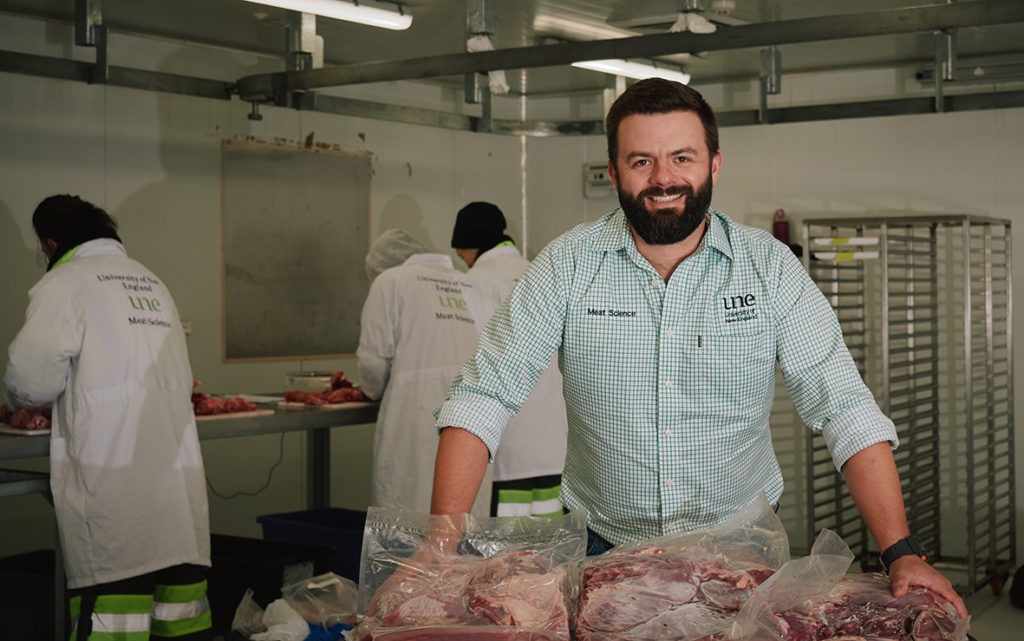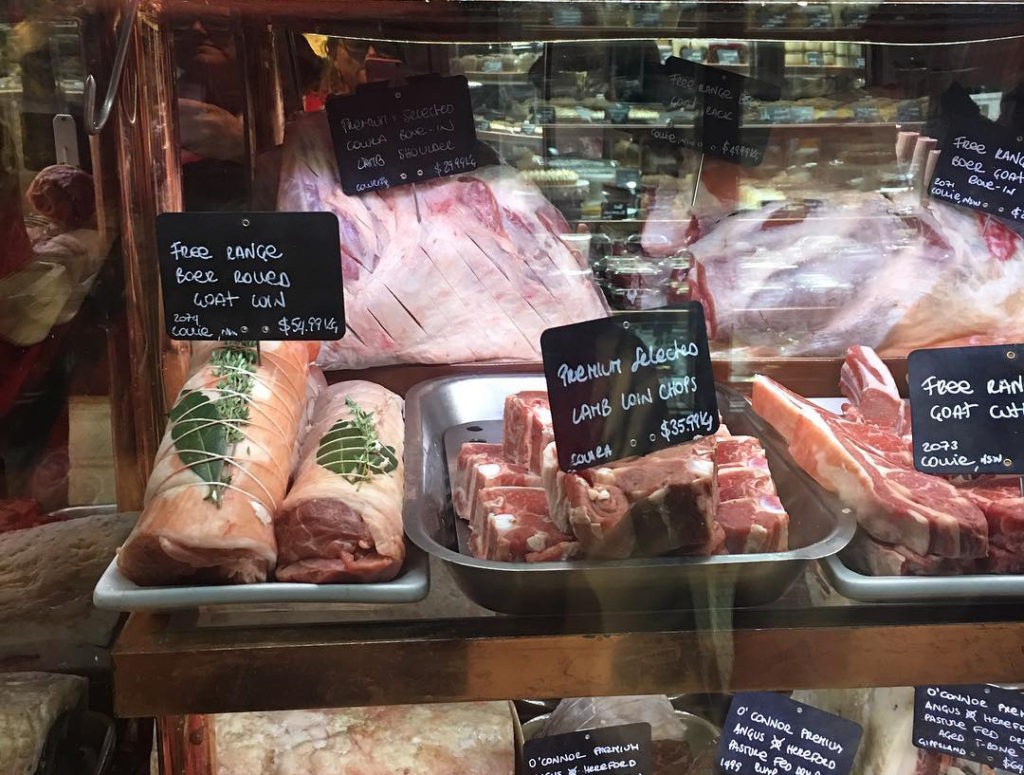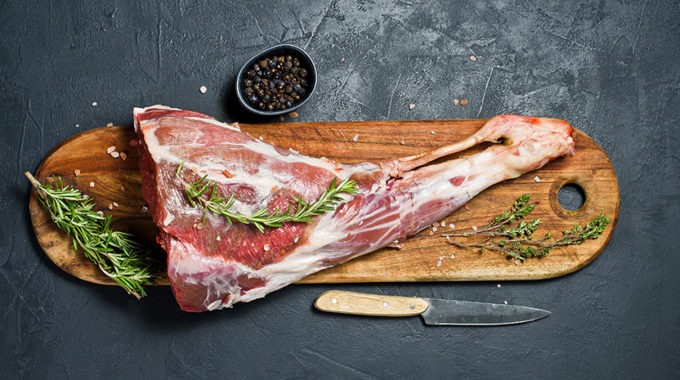No kidding: giving goat meat a chance
Eaten Aussie goat recently? Probably not. We export ninety percent of our goat meat. But one aspiring meat scientist wants to change that, with plans to get more goat on our plates.
Dr Jarrod Lees from the University of New England is the winner of the Meat & Livestock Australia Award in the 2021 Science and Innovation Awards for Young People in Agriculture, Fisheries and Forestry. He plans to use his $22,000 award to investigate whether something that is currently treated as a single product – “goat meat” – can be differentiated in the market as effectively as beef and lamb cuts have been.

A cut above
“Goat is healthy, delicious and relatively abundant,” Dr Lees says. “There is scope to grow a domestic market for a premium goat product. But first, we need to establish whether untrained consumers can identify correctly cooked premium cuts. This is versus the undistinguished chunks of meat that goat is often cooked as.”
Dr Lees will be testing various goat cuts using different cooking methods on a consumer taste-testing panel. He’ll be using Meat Standards Australia taste-testing methods. These have been perfected over decades to elevate the eating experience of beef and lamb.
“Meat & Livestock Australia found that ‘cultural familiarity’ is a major barrier to the domestic consumption of goat meat,” Dr Lees says.

Potential for premium
He plans to cook goat in ways that are familiar to most Australians – grilling, roasting and slow cooking. He’ll then measure what everyday consumers think of the eating experience. The cuts he’ll use will also be more familiar, such as leg roast or loin steak.
“This will give us an idea of how consumers respond to goat presented in a similar fashion to lamb, which is culturally very familiar,” Dr Lees says. “It will be a base measurement of eating quality. This can then be improved with herbs and spices.”
For his taste-testing, Dr Less will be using Boer goats from the award-winning Gourmet Goat Lady in Collie, NSW. Most of Australia’s goat meat production comes from wild feral goats, Dr Lees says. But if there’s potential for premium prices for a premium product, goat producers can justify the investment in a breeding program to lift meat quality.

Getting your goat
Considerable work remains to be done before quality goat meat cuts appear in the meat aisles of supermarkets. But there will at least be a foundation on which to build.
For ultimate success, the Australian goat sector will need to do as our beef and lamb industries have done over several decades, Namely, establish principles to ensure a consistently reliable (and tasty) eating experience for meat-loving consumers.
But first, Dr Lees has to get the message out there that meat from goats is more than just “goat meat”. His own experience as an eater gives him confidence that it isn’t the case. In fact, a goat-based culinary experience can be truly outstanding. But for now, that’s something for his taste-testers to determine.









